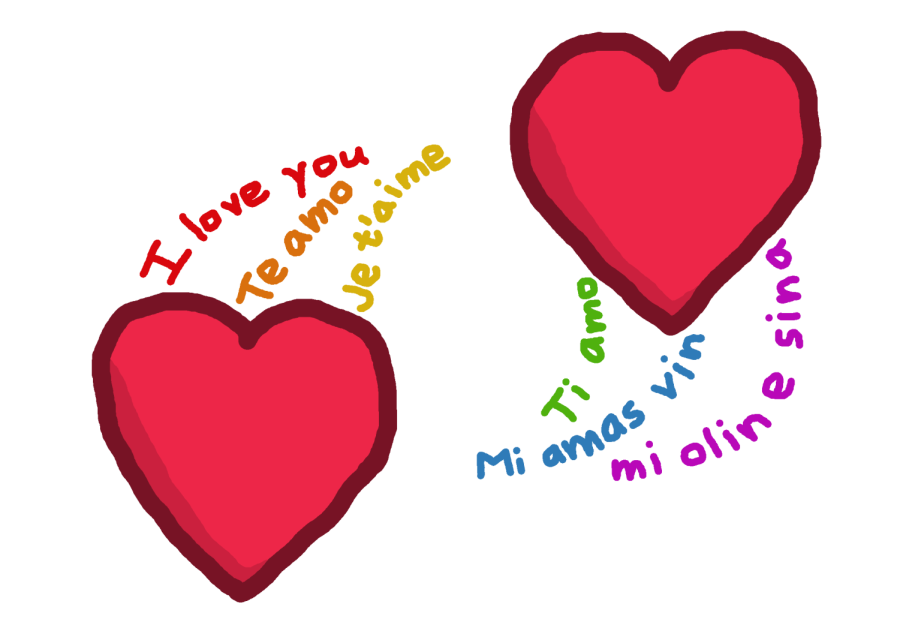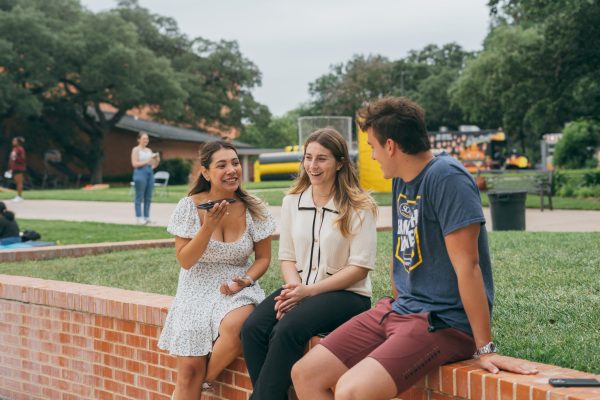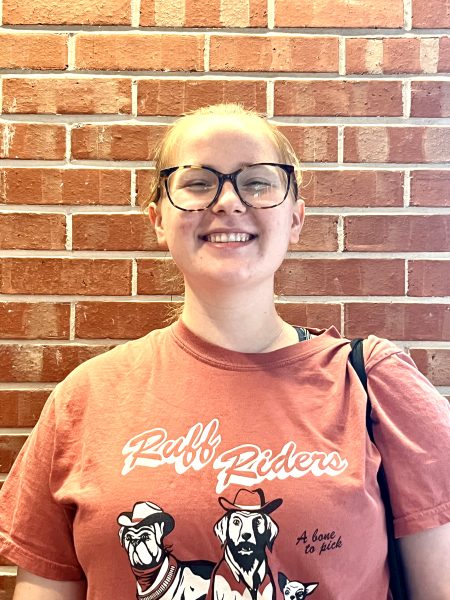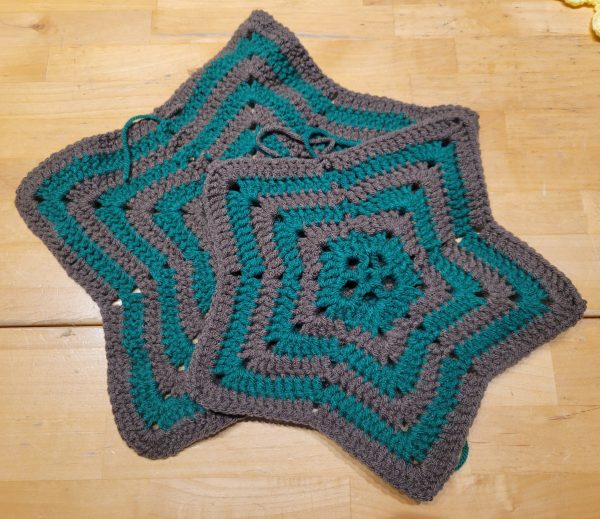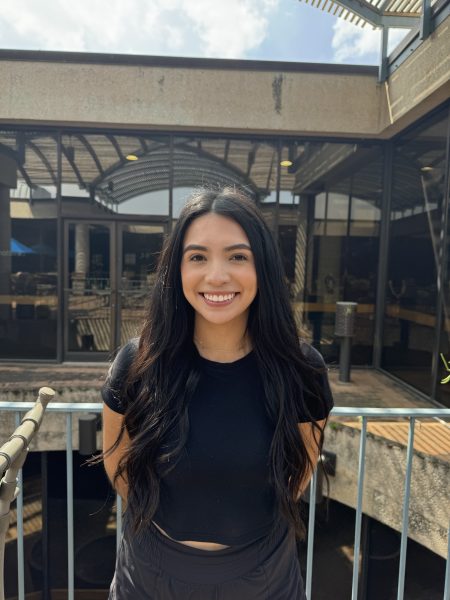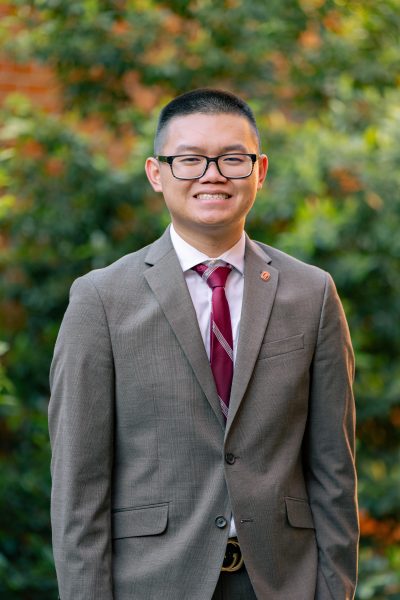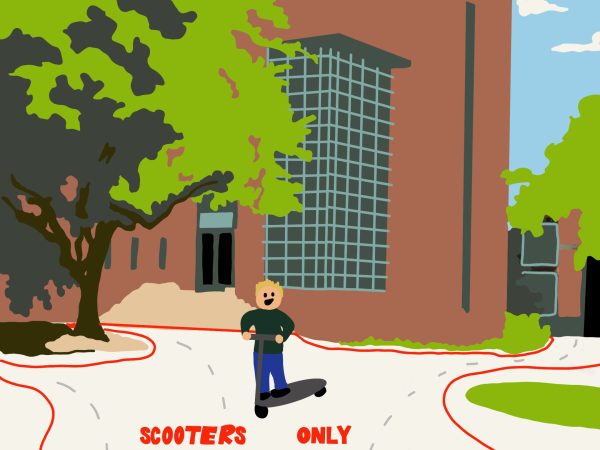Love languages: The expression of affection
The prevalence of love languages in modern relationships has led to interesting findings within the Trinity community
Love languages are ways of expressing and receiving love. These differ from person to person and often reveal one’s personality traits. The five universal love languages are words of affirmation, acts of service, gift-giving, quality time and physical touch. Specific love languages are unique to each individual and developed over time by personal experience, culture and preference.
Issac Agumadu, senior neuroscience major from Dallas, shared his love languages. Agumadu said that his top two love languages are physical touch and words of affirmation. He expressed that he has seen his love languages change within each relationship he has been in.
“In my last relationship, it was more of words of affirmation than physical touch, and I started to see the differences. I feel like people think they have a set one but it also changes based on your experiences and past relationships and such,” Agumadu said.
Love languages are not exclusive to romantic relationships. They can be demonstrated with friends and family as well. In addition, culture plays an important role in determining one’s love language. There are major differences between Western and non-Western expressions of love. For example, according to “Very Well Mind,” in many Asian cultures, verbal affirmations are less common and acts of service and gratification are demonstrated in more subtle ways, like cooking together or hanging out. This practice reinforces the individuality of emotional expression.
Many cultures share their love for each other through foods, festivities and traditions. Agumadu experiences this with his Nigerian family, who communicate emotionally with each other very openly. Physical touch is also a big part of his love language with his family.
“We also love to give to each other which shows acts of service and also eating together and food symbolizes a big part of our love language,” Agumadu said.
Mia Cano, sophomore accounting major from Houston, shared that her love language is predominantly quality time. Cano believed that in her past relationship, her love language was words of affirmation. Cano and her partner used to text and verbally communicate frequently, but she felt as though things have changed with her new relationship. Cano and her boyfriend, Giovanny Martinez, a first-year accounting major, were asked what they thought each other’s love languages are.
“Actions definitely speak louder than words. I feel more secure being around him than verbally expressing our emotions. When I am around him, even when we study together it is just enough for me. At first, I would get distracted and end up talking, but now I am able to regulate how much we talk. Even if we are silent for hours, just being in his company is perfect,” Cano said.
The theory behind love languages is that each person has a primary and secondary love language. One can figure out another person’s love language based on how they express their love to others and by analyzing what they request from others. The theory summarizes that people give love in the way they want it given to them.
Martinez thinks that his love language is physical touch and guessed that Cano’s love language is quality time.
“I wish quality time was more of my love language so that I can make sure Mia feels loved,” Martinez said.
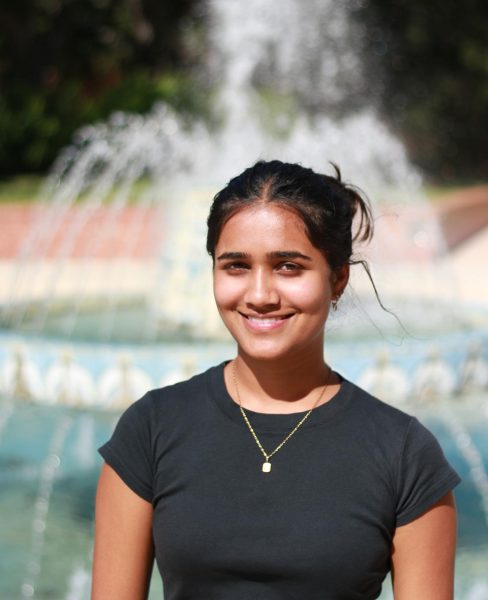
Hi, my name is Malika and I am a pulse reporter! I am a junior majoring in HRM Business and minoring in Psychology, and my pronouns are she/her. A fun...

I'm Tony Rodriguez! I'm a junior from San Antonio, TX, majoring in math, and I worked as a copy editor for the Trinitonian about two years ago and am now...

